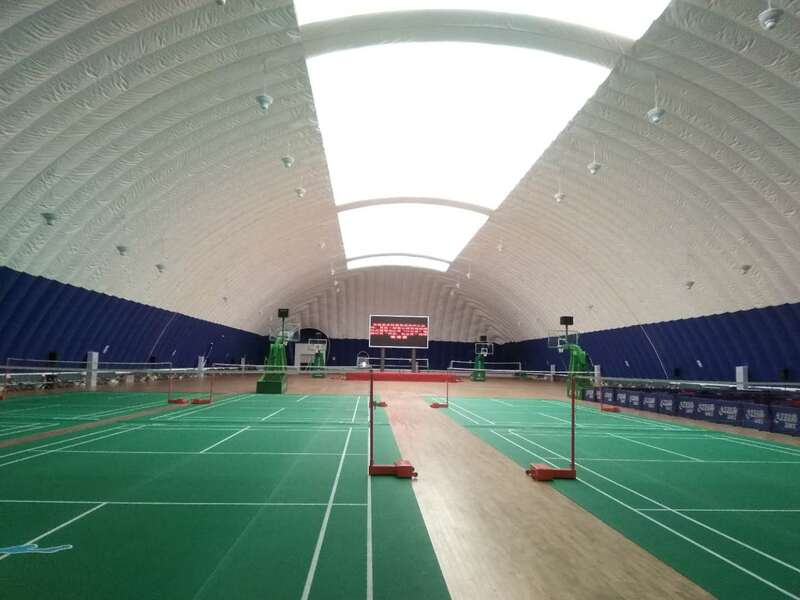News
Broadwell Air Dome
 Site
/uploads/image/677267645dfcf.png
Site
/uploads/image/677267645dfcf.png
Inflatable Sports Dome vs. Traditional Sporting Venues: Which is Better
Views: 2321
Author: Broadwell Air Dome
Publish Time: 2023-05-29
Origin: Site
Sports enthusiasts around the world have witnessed a growing trend in recent years: the emergence of inflatable sports domes as an alternative to traditional sporting venues.
These massive air-filled structures provide a unique and versatile solution for hosting various athletic events.
In this article, we will delve into the benefits and drawbacks of inflatable sports domes and compare them to traditional venues to determine which option is better.

Inflatable Sports Dome vs. Traditional Sporting Venues
1. Cost and Accessibility
One of the primary advantages of inflatable sports domes is their affordability and accessibility. Traditional sporting venues often come with high rental costs, making them less accessible to smaller communities or budget-conscious organizations.
In contrast, inflatable sports domes offer a cost-effective solution, allowing a wider range of organizations and communities to host sporting events.
Additionally, inflatable domes can be quickly set up and taken down, providing flexibility and allowing for multiple events in different locations, enhancing accessibility even further.
2. Weather Protection and Season Extension
Unpredictable weather conditions can severely impact outdoor sporting events, leading to cancellations or compromised gameplay.
Inflatable sports domes provide an excellent solution by offering weather protection and season extension possibilities. These domes shield athletes, spectators, and equipment from rain, snow, wind, or extreme temperatures, ensuring uninterrupted gameplay.
Moreover, by extending the sports season, inflatable domes allow athletes to train and compete year-round, improving their skills and providing more opportunities for participation.
3. Versatility and Customizability
Inflatable sports domes are renowned for their versatility and customizability. Unlike traditional venues, which are typically designed for specific sports, inflatable domes can accommodate a wide range of athletic activities.
From soccer and basketball to tennis and golf, these domes can be transformed into suitable playing surfaces for various sports. Additionally, the size and layout of inflatable domes can be easily adjusted, making them adaptable to different event requirements.
This versatility makes inflatable domes an attractive choice for hosting tournaments, exhibitions, training sessions, and even non-sporting events such as trade shows or concerts.
4. Atmosphere and Tradition
While inflatable sports domes offer numerous practical advantages, they may lack the atmosphere and tradition associated with traditional sporting venues.
Stadiums and arenas often carry a sense of history and heritage, creating a unique ambiance that resonates with both athletes and fans. The roar of a crowd, iconic architecture, and the feeling of being part of a larger sports culture are experiences that inflatable domes may struggle to replicate.
Traditional venues also provide fixed seating arrangements and amenities tailored to enhance the spectator experience, which may be limited in inflatable domes.
Conclusion
When comparing inflatable sports domes and traditional sporting venues, there are clear advantages to both options. Inflatable domes offer cost-effectiveness, accessibility, weather protection, and versatility, making them an appealing choice for many organizations and communities.
However, traditional venues provide a distinct atmosphere and tradition that cannot be easily replicated. Ultimately, the choice between the two depends on the specific needs and priorities of the event organizers and participants.
However, looking further into the two options, the inflatable sports dome is a better option.








